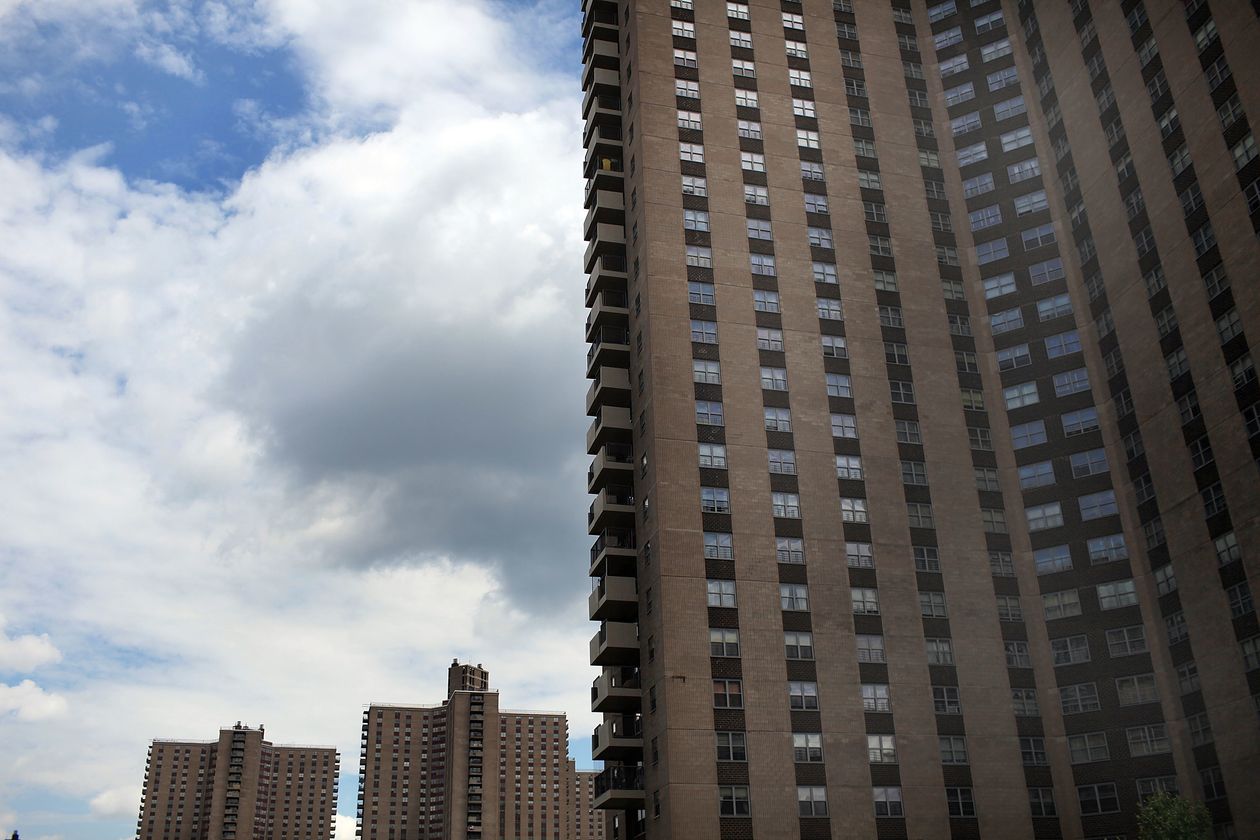Bronx’s Giant Apartment Complex Strikes 30-Year Affordability Deal With City
April 3, 2020
By Will Parker (Read it in the Wall Street Journal)
Co-Op City, the world’s largest cooperative apartment complex, will stay affordable for another 30 years under a new agreement between the co-op board and the City of New York.
Under the terms, the 16,000 apartments in the northeast section of the Bronx will remain price-limited and income-restricted until 2052, according to the city’s Department of Housing Preservation and Development. The property will continue to receive a tax credit, which currently amounts to $30 million a year.
Included in the arrangement is a $1 million investment by the city into updating building lobbies for disability accessibility. The deal also will allow the co-op to tap $8.5 million of its own cash reserves for additional improvements, which it needs city authorization to draw on.
While the deal gives residents at Co-Op City more certainty about their future, there are many New Yorkers struggling to make their rent and mortgage payments in the present as the coronavirus pandemic continues to spread. The state has imposed a moratorium on evictions until June 20 to deal with the potential fallout from missed rent payments.
Built more than 50 years ago under the state’s Mitchell-Lama housing program, the 72-building Co-Op City was designed to help New Yorkers with modest incomes attain homeownership. A number of large Mitchell-Lama co-ops, especially in pricier neighborhoods, have left the program over the years, allowing longtime co-op shareholders to cash out on New York’s runaway housing costs and sell their homes at steep market prices.
Co-Op City has so far resisted this temptation. Its manager, Riverbay Corporation, had the option to pay off the property’s current loan without penalty starting in 2022, at which point the co-op board could have voted to leave the Mitchell-Lama program.
“A core group of individuals, particularly those who are the initial co-operators, have taken the position that we got into this place through the Mitchell-Lama program, and it would be a disservice, as some would say, to ‘act greedy,’” said Noel Ellison, the complex’s property manager, who said the co-op had been negotiating with the city for about a year. “That it makes sense for us to make sure that bus drivers and teachers and others can still get into this community.”
Residents at Co-Op City pay one-time down payments ranging between $22,000 and $36,000 and then pay monthly maintenance fees averaging $1,105 a month, according to the Housing Preservation and Development agency. About 1,600 households there receive Section 8 assistance to help make the monthly maintenance fees, HPD said. Waiting lists to get into a Mitchell-Lama building can sometimes number thousands of applicants.
Louise Carroll, the HPD commissioner, said the deal was part of the city’s “low-cost but bang-for-the-buck” approach for recent preservation targets. “We’re trying to do smart preservation deals that deliver certainty to people in this uncertain time,” she said.
Some 50,000 people live at Co-Op City, according to Riverbay.
The city said Friday it also had struck long-term affordability deals with the owners of a 384-unit complex in Prospect Park South, Brooklyn, and with the Cooper Square Community Land Trust’s 327 apartments in lower Manhattan.





